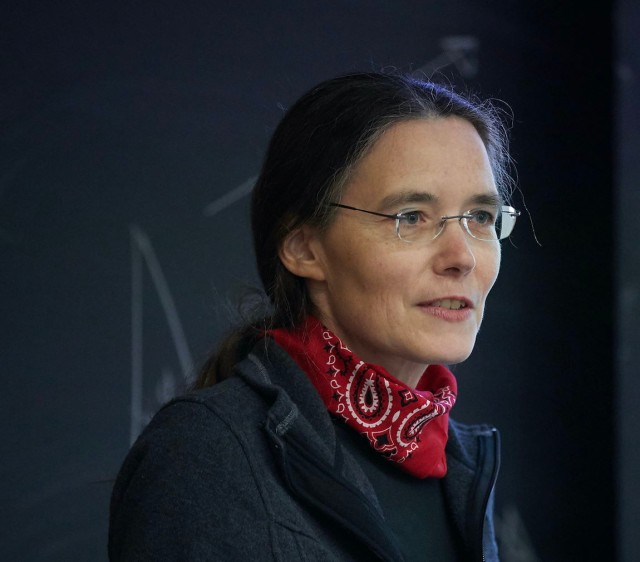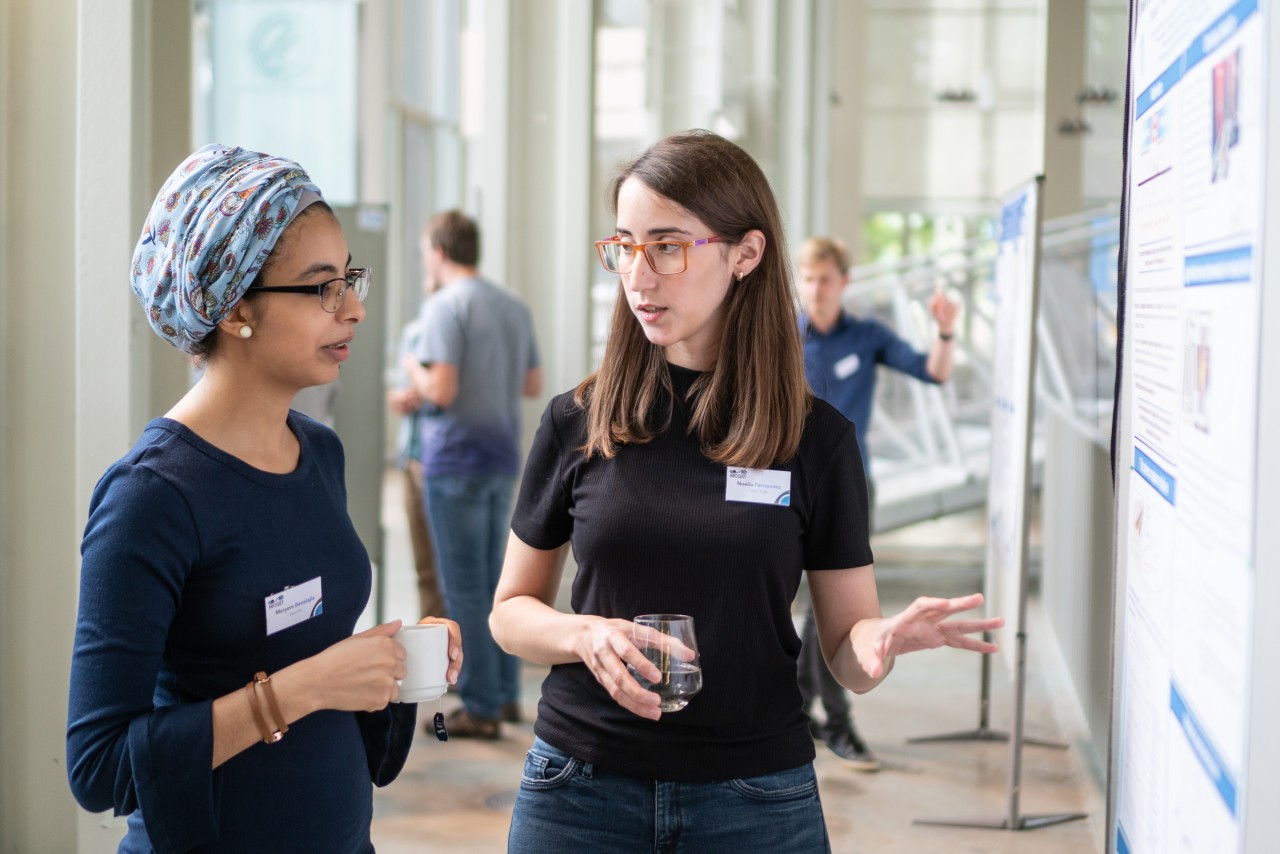24 November 2020
from 14:30
to 17:00
Women in QST: Prof. Doerte Blume from University of Oklahoma, USA.
Address / Location
ONLINE | ZOOM
The Women in QST talk series aims to regularly feature inspiring female scientists from the field of Quantum Science and Technology. Outstanding female researchers are invited to talk about their research and current projects, as well as about their career paths with the QST community.
On 24 November Prof. Doerte Blume (University of Oklahoma, USA) will give a scientific talk entitled Probing the helium dimer and trimer with fast, intense lasers at the MPQ Colloquium. After the online talk female* scientists from the quantum science and technology community are invited to meet Prof. Blume.
Then there will be the opportunity for women* in QST to get to know other participants from various QST research institutions and exchange ideas.
Program
14:30-15:45 | MPQ Colloquium talk with live Q&A (access details below)
15:45-16:00 | Break
16:00-17:00 | MCQST Women in QST Networking & Exchange (open for female* scientists in QST; registration required)
About Doerte Blume

She is a recipient of a Bush Lectureship at the University of Oklahoma and a Meyer Distinguished Professorship at Washington State University. Her research accomplishments at Washington State University were also recognized through the College of Arts and Sciences Mid-Career Achievement in Scholarship/Creative Activities Award and the College of Sciences Young Faculty Performance Award. Doerte has given over 140 invited talks at universities, summer/winter schools, and workshops/conferences around the world. She regularly co-organizes conferences of varying size, including the Conference for Undergraduate Women in Physics in 2020. In addition, she has served the scientific community as a member of the DAMOP Executive Committee, Remote Associate Editor of Physical Review A, Chair of the APS Few-Body Topical Group, and member of the APS Committee on Scientific Publications.
Doerte uses the pronouns she/her/hers and she is an LGBTQ Ally.
Talk abstract | Probing the helium dimer and trimer with fast, intense lasers
Helium is the only element that remains liquid under normal pressure down to zero temperature. Below 2.17K, bulk helium-4 is superfluid. Motivated by this intriguing behavior, the properties of finite-sized helium droplets have been studied extensively over the past 30 years or so. Some properties of liquid helium-4 droplets are, just as those of nuclei, well described by the liquid drop model. The existence of the extremely fragile helium dimer was proven experimentally in 1994 in diffraction grating experiments. Since then, appreciable effort has gone into creating and characterizing trimers, tetramers and larger clusters. The excited state of the helium trimer is particularly interesting since it is an Efimov state. The existence of Efimov states, which are unique due to scale invariance and an associated limit cycle, was predicted in 1971. However, till 2015, Efimov states had -- although their existence had been confirmed experimentally -- not been imaged directly. Ingenious experimental advances that utilize femtosecond lasers have made it possible to directly image the static quantum mechanical density distribution of helium dimers and trimers. I will review some of these experiments and related theoretical calculations that led to the experimental detection of the excited helium trimer Efimov state. I will also discuss extensions to the time domain. Specifically, I will discuss the laser-kick induced dynamics of the fragile helium dimer. The results open the door for future studies that probe scattering length dominated few-body systems using fast, intense lasers.
